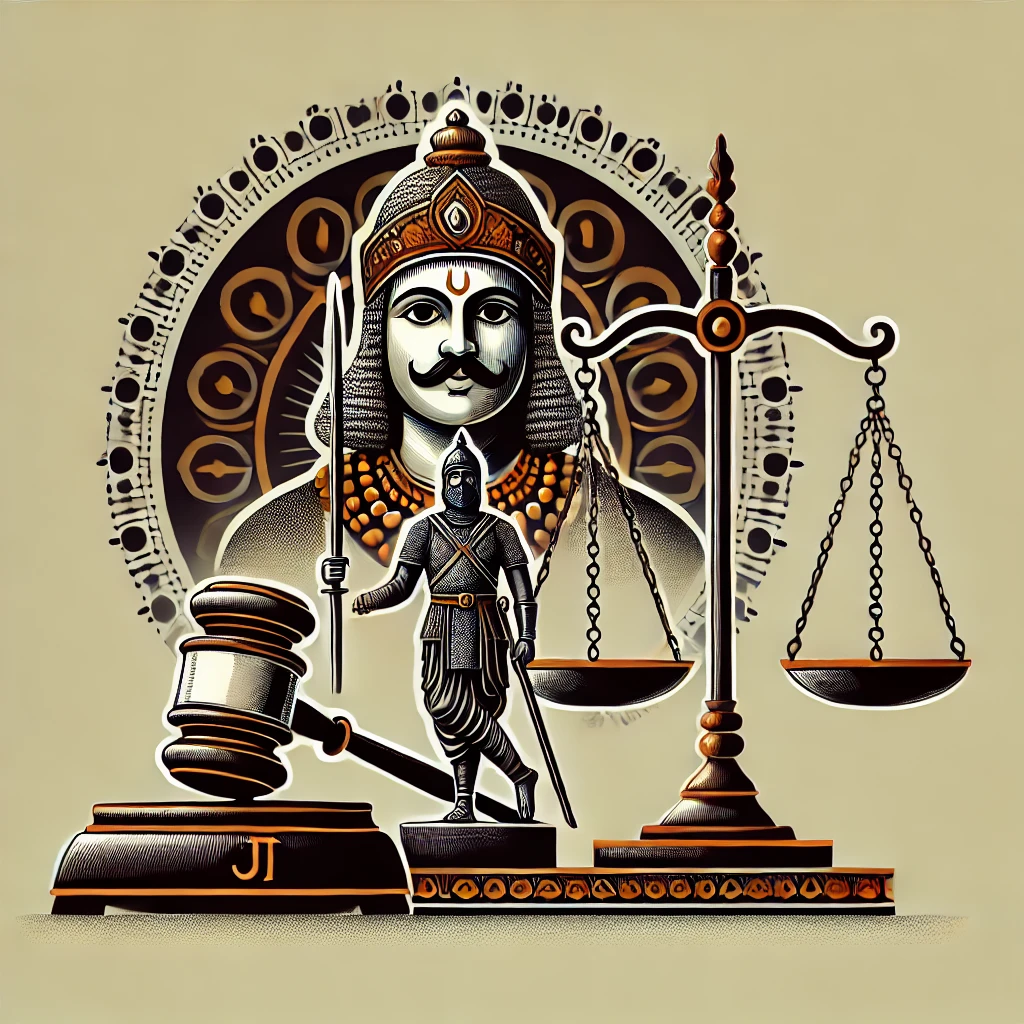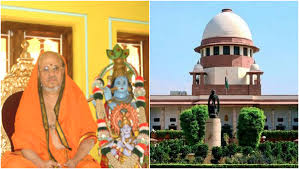SC Clears Way for Ram Mandir Construction: Key Legal Arguments
- ByAdmin --
- 30 Jun 2025 --
- 0 Comments
The Supreme Court of India, in a landmark decision, cleared the path for the construction of the Ram Mandir in Ayodhya. The judgment, delivered in November 2019, resolved one of the most contentious legal disputes in India’s history, bringing closure to decades of religious and legal wrangling. This article examines the key legal arguments, the court’s reasoning, and its broader implications.
Background of the Case
The dispute centered around a 2.77-acre plot of land in Ayodhya, Uttar Pradesh, which has been claimed by both Hindu and Muslim communities for centuries. Hindus believe the site to be the birthplace of Lord Ram, while Muslims assert that it was home to the Babri Masjid, a mosque constructed in 1528 by Mir Baqi, a general of the Mughal Emperor Babur.
The case gained national prominence after the Babri Masjid was demolished in 1992 by a mob, leading to widespread communal violence. Legal proceedings followed, culminating in the Supreme Court’s verdict in 2019.
Key Legal Arguments
1. Title Dispute and Ownership
The primary legal issue was the title dispute. The Hindu litigants argued that the site has been a place of worship since time immemorial, referencing scriptures and archaeological evidence. The Muslim side relied on historical records to establish the mosque's uninterrupted use until 1949 when idols of Lord Ram were placed inside it.
2. ASI Findings
The Archaeological Survey of India (ASI) played a pivotal role by submitting a report indicating the presence of a non-Islamic structure beneath the mosque. This finding was interpreted as evidence of a pre-existing Hindu temple.
3. Legal Principles: Adverse Possession
Muslim parties claimed adverse possession over the disputed land. However, the Supreme Court rejected this argument, stating that adverse possession cannot be claimed if the possession was disputed.
4. Restitution and Justice
The Hindu side emphasized restitution for perceived historical wrongs, while the Muslim parties called for the preservation of secular principles and protection of minority rights under Articles 25 and 26 of the Constitution.
Supreme Court's Reasoning
The unanimous verdict by a five-judge constitutional bench, headed by then Chief Justice Ranjan Gogoi, awarded the disputed land to the Hindu litigants for the construction of the Ram Mandir. The key reasoning included:
- Balanced Approach: The court acknowledged the long-standing faith of Hindus regarding the site while recognizing the mosque's desecration in 1992 as a violation of law.
- Archaeological Evidence: The ASI report was deemed credible in establishing the presence of a non-Islamic structure, which tilted the balance in favor of the Hindu parties.
- Relief to Muslim Parties: To ensure justice and equity, the court directed the government to allocate a separate 5-acre plot in Ayodhya for the construction of a mosque.
Legal Articles and Precedents
- Article 142 of the Constitution: This provision, empowering the Supreme Court to pass decrees for complete justice, was invoked to balance the interests of both communities.
- Article 25 and 26: These articles, guaranteeing freedom of religion, were referenced to emphasize the need to respect all faiths.
- Precedents: The judgment cited prior rulings on property law and constitutional principles to underscore the secular fabric of the nation.
Implications of the Verdict
1. Legal Finality
The verdict brought legal closure to a centuries-old dispute, providing a roadmap for future communal conflicts.
2. Secular Framework
While the judgment favored the Hindu side, it reaffirmed India's secular ethos by compensating the Muslim community.
3. National Unity
The verdict was widely welcomed for its balanced approach, though it also sparked debates on historical restitution versus modern-day justice.
Conclusion
The Supreme Court's decision to clear the way for Ram Mandir construction represents a watershed moment in India's legal and socio-political history. By navigating a sensitive issue with judicial prudence, the court sought to harmonize faith, law, and justice. Moving forward, the judgment serves as a reminder of the judiciary's role in upholding the Constitution while respecting cultural sentiments.









































































































































































































































































































































































































































0 comments